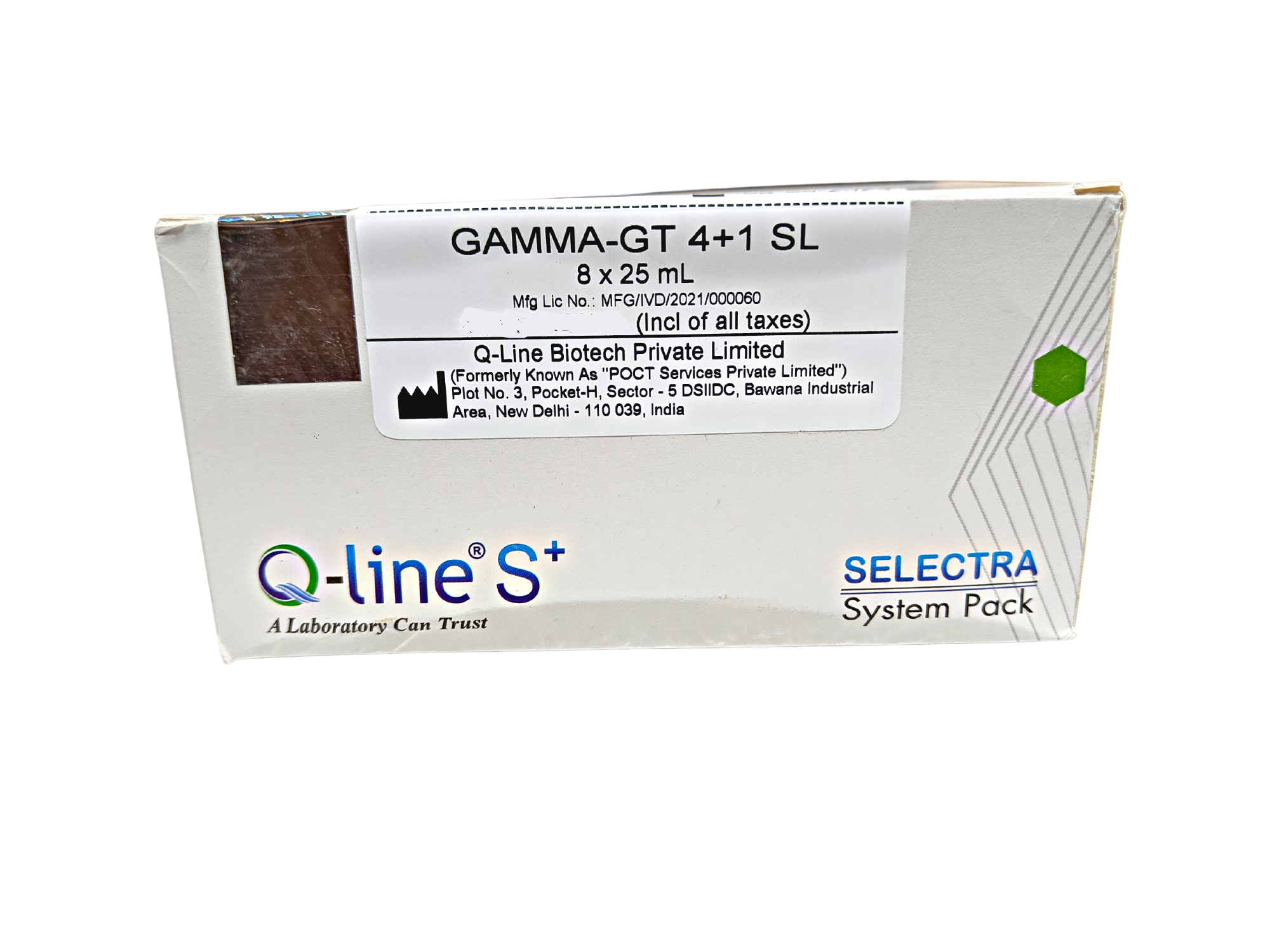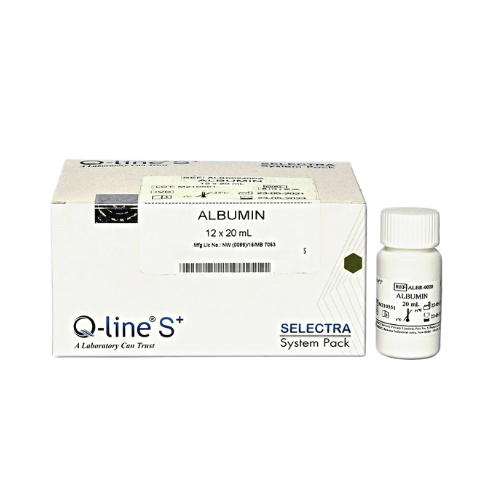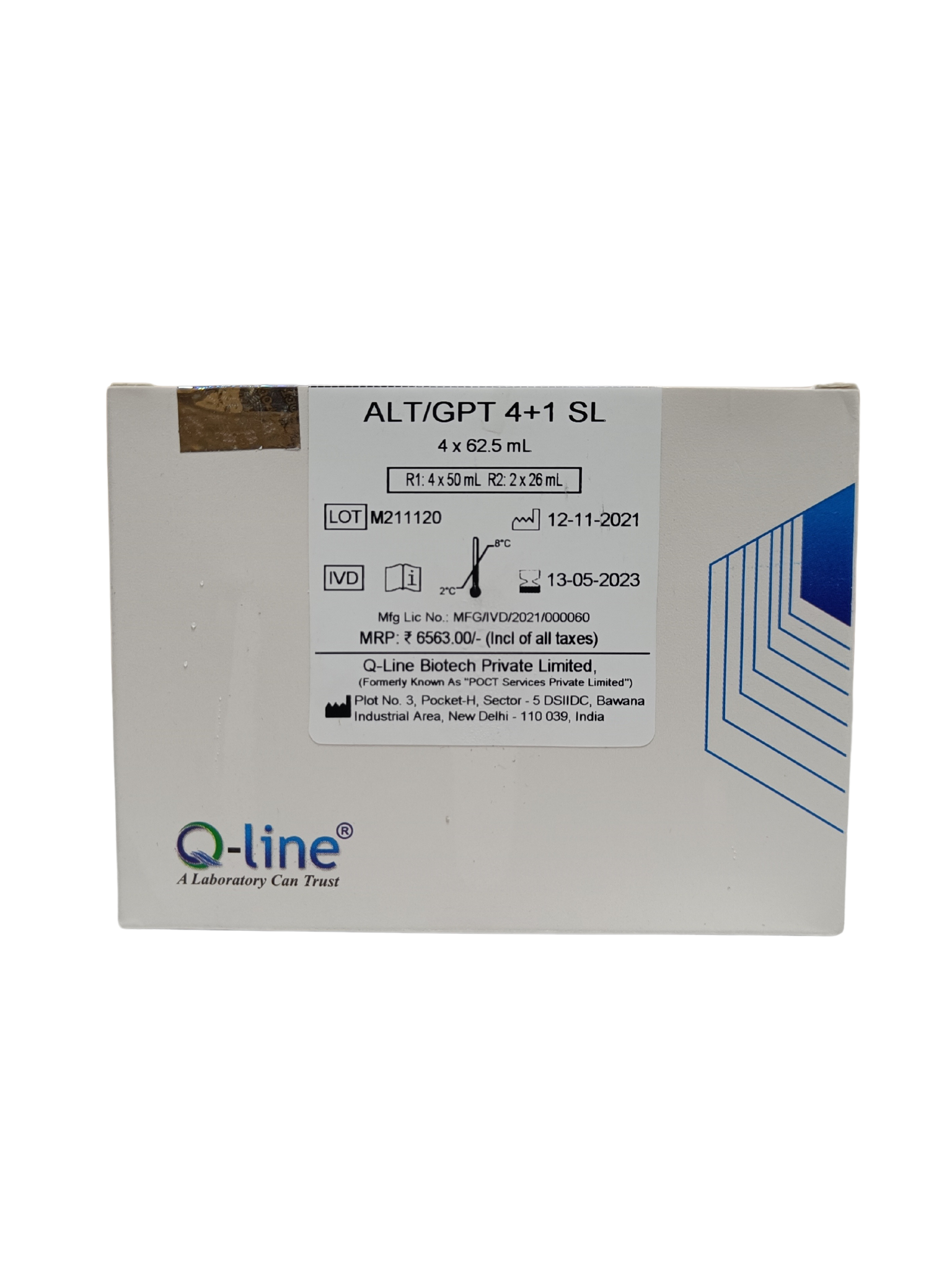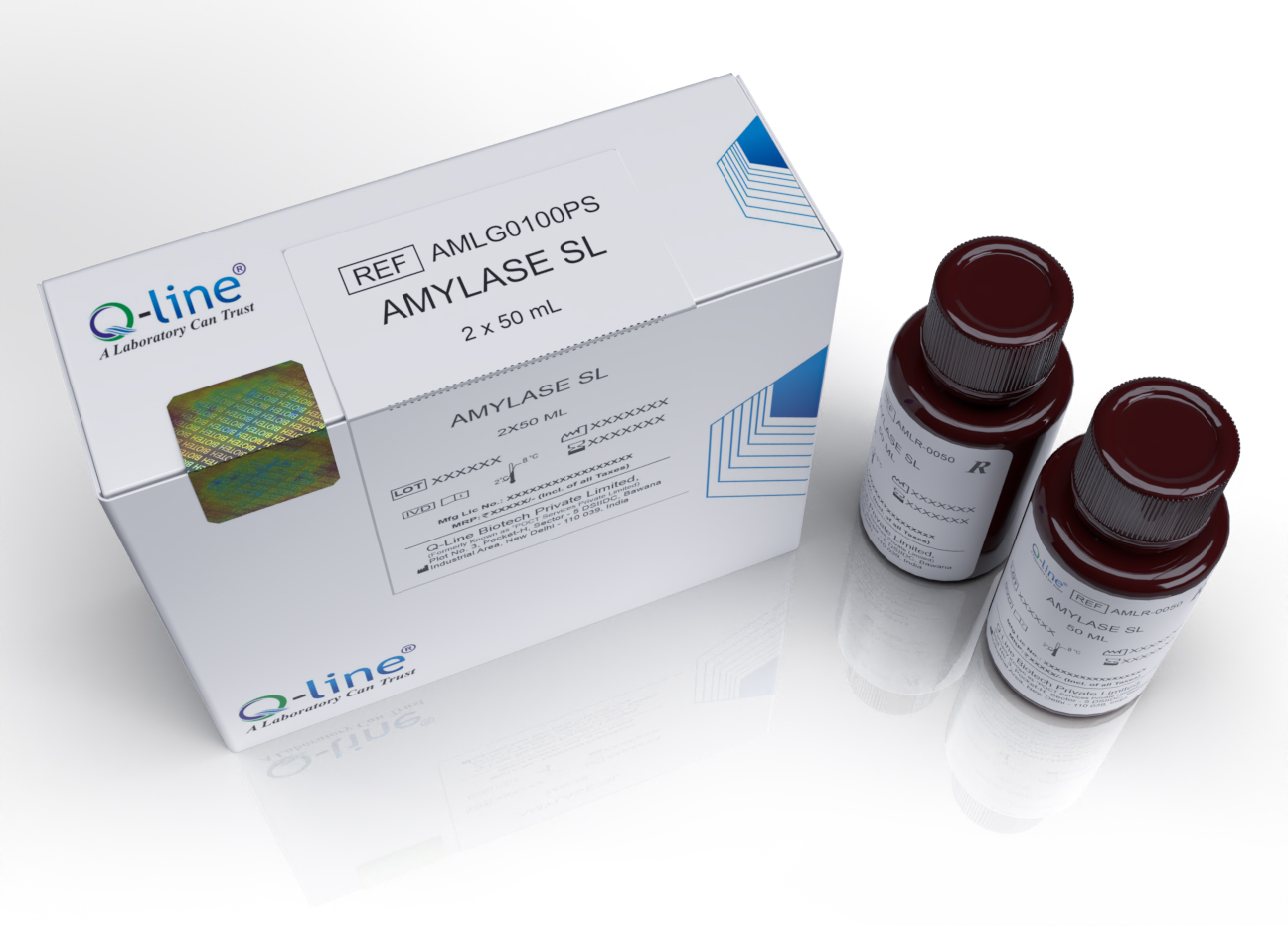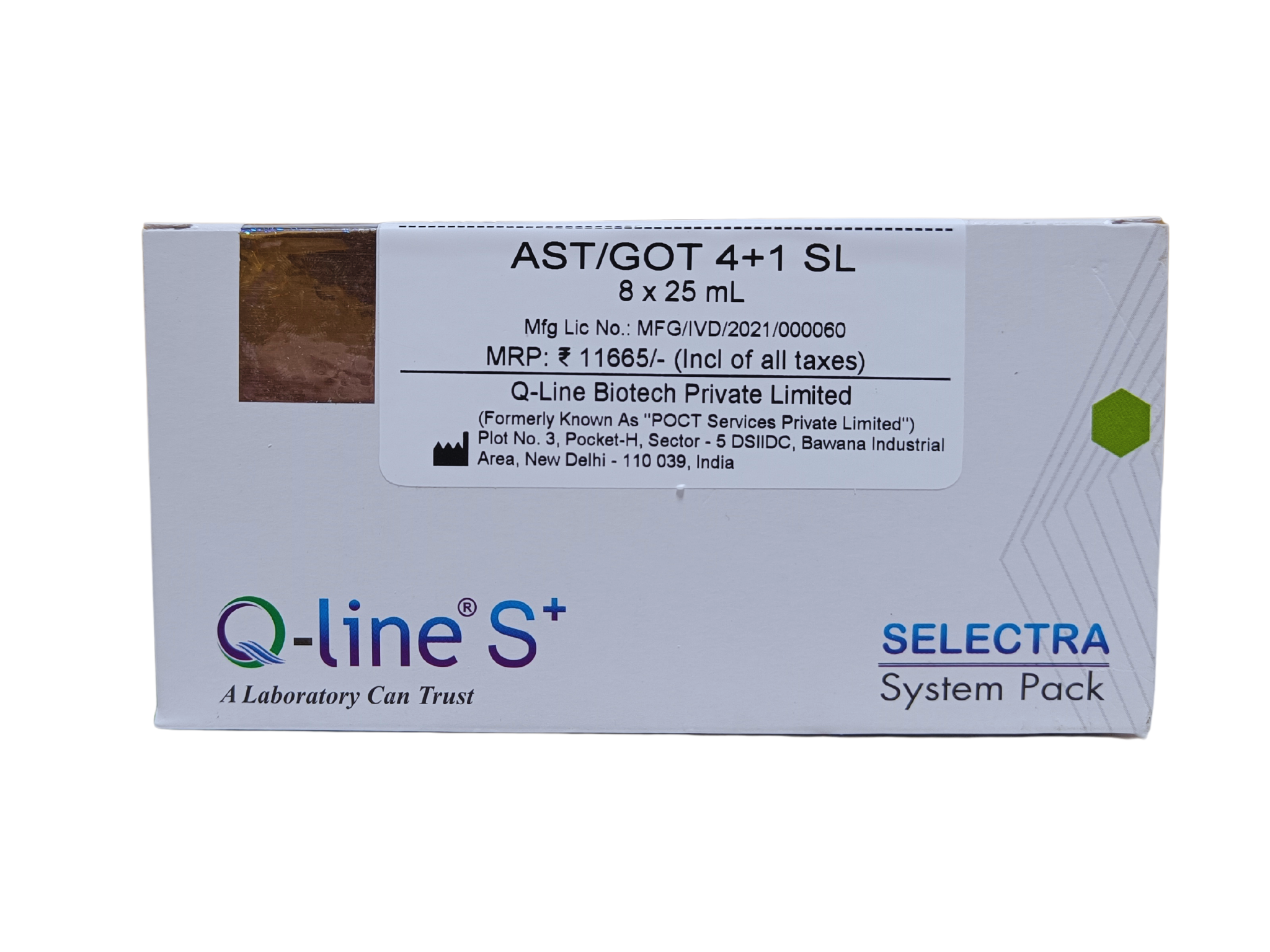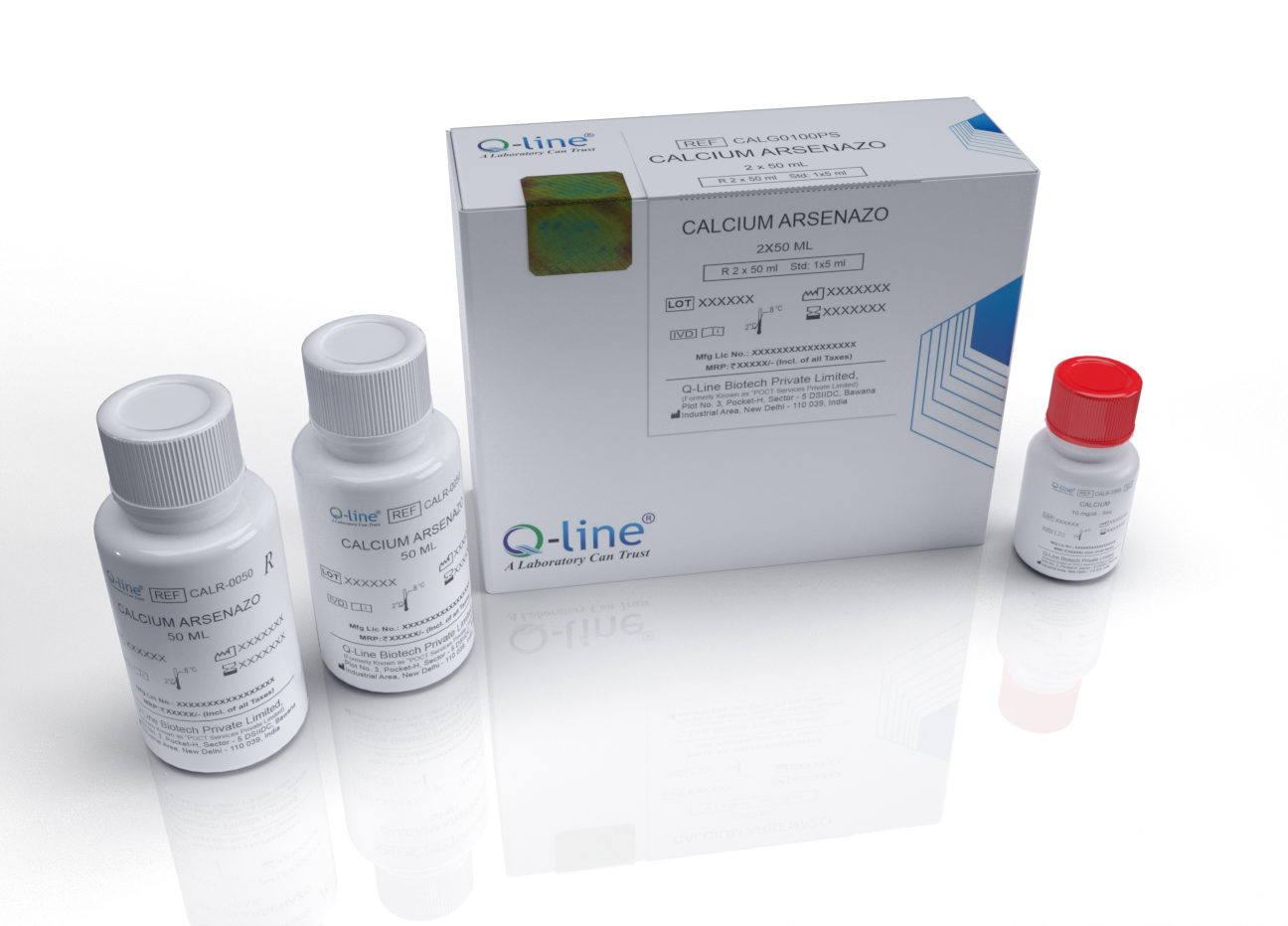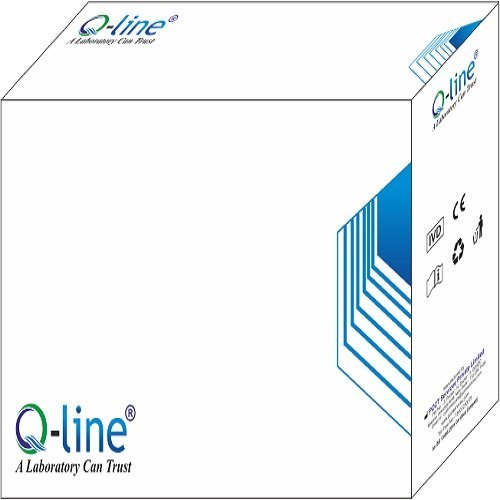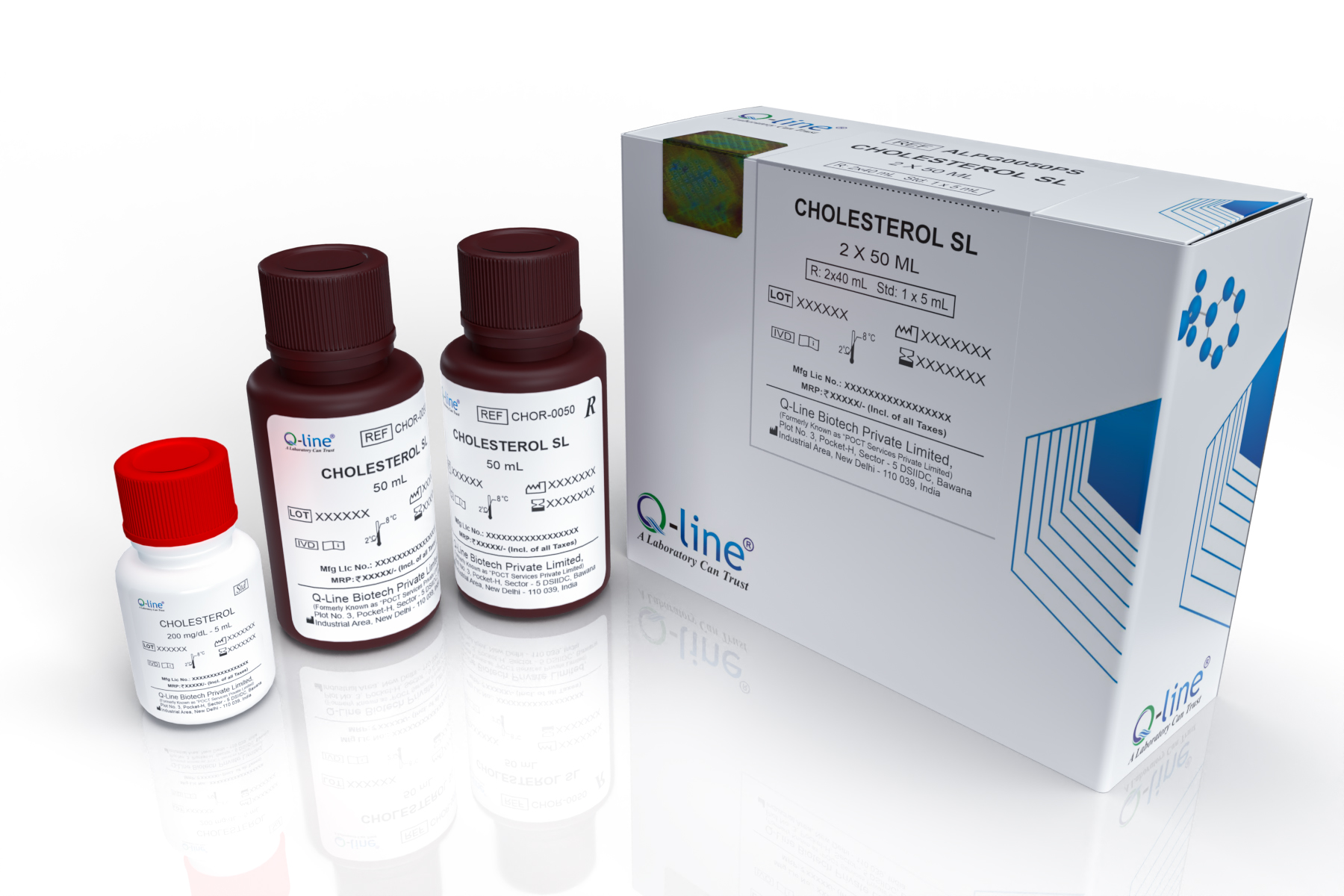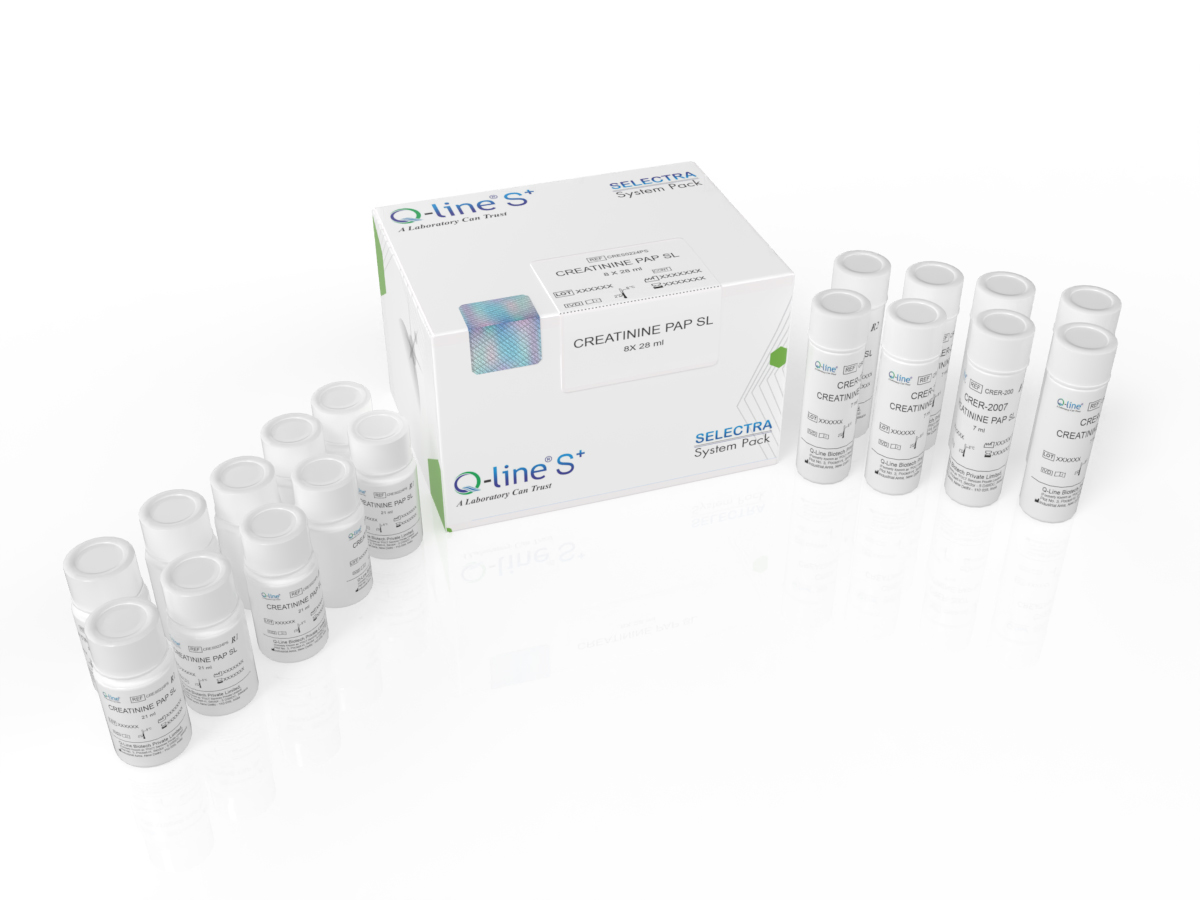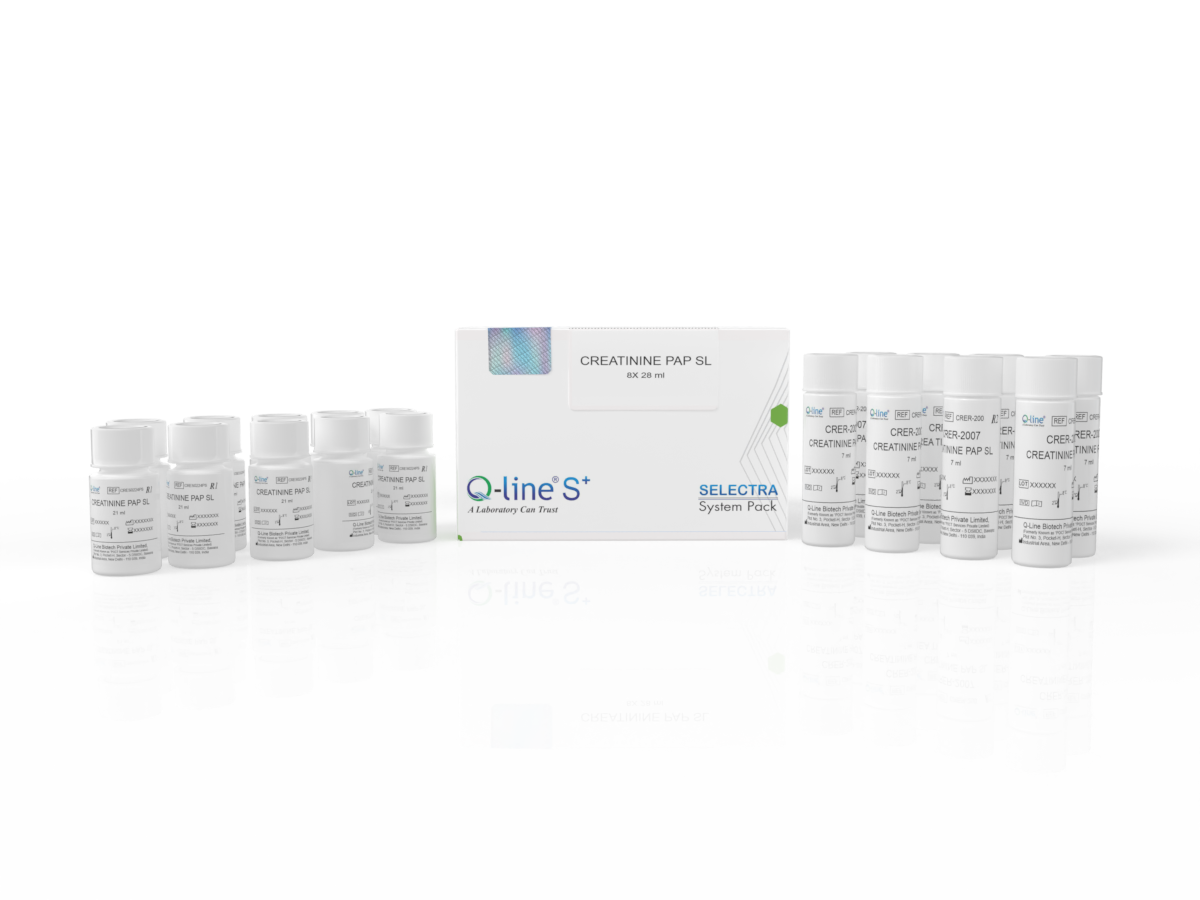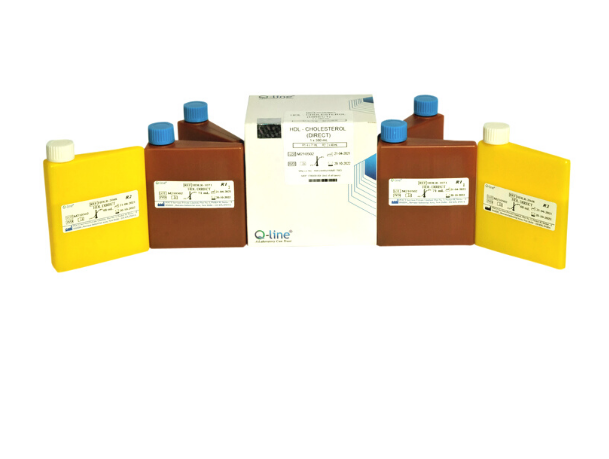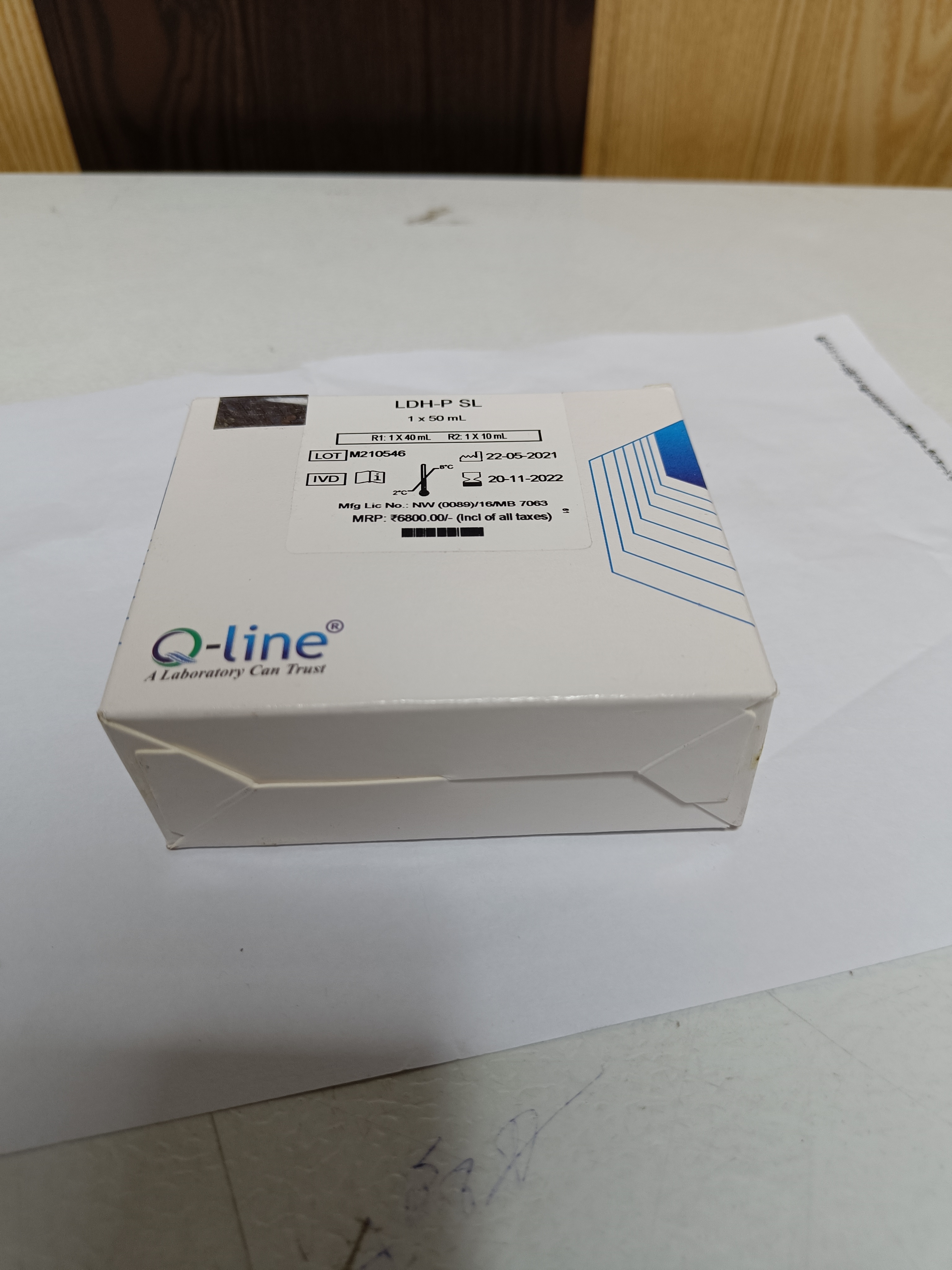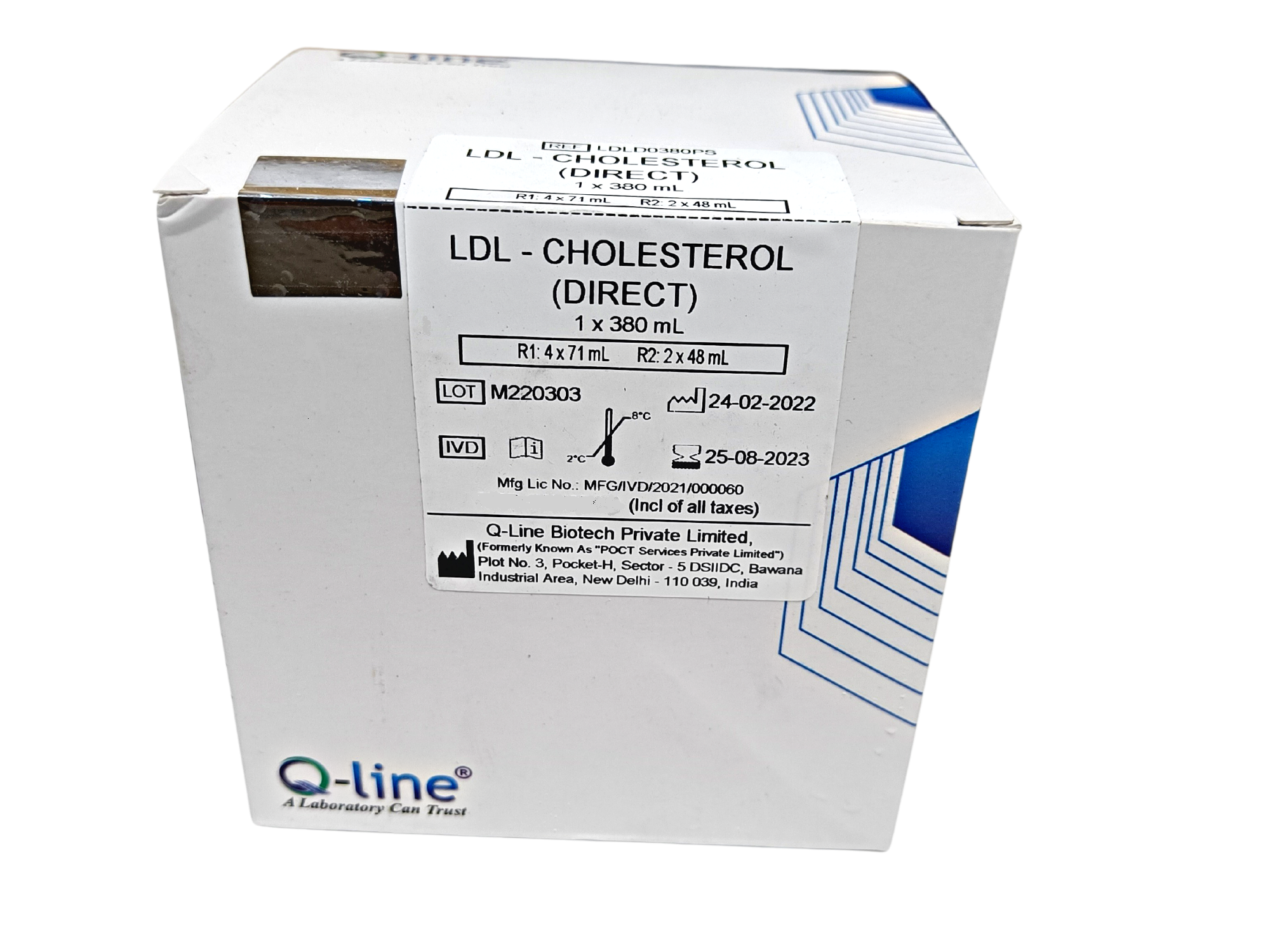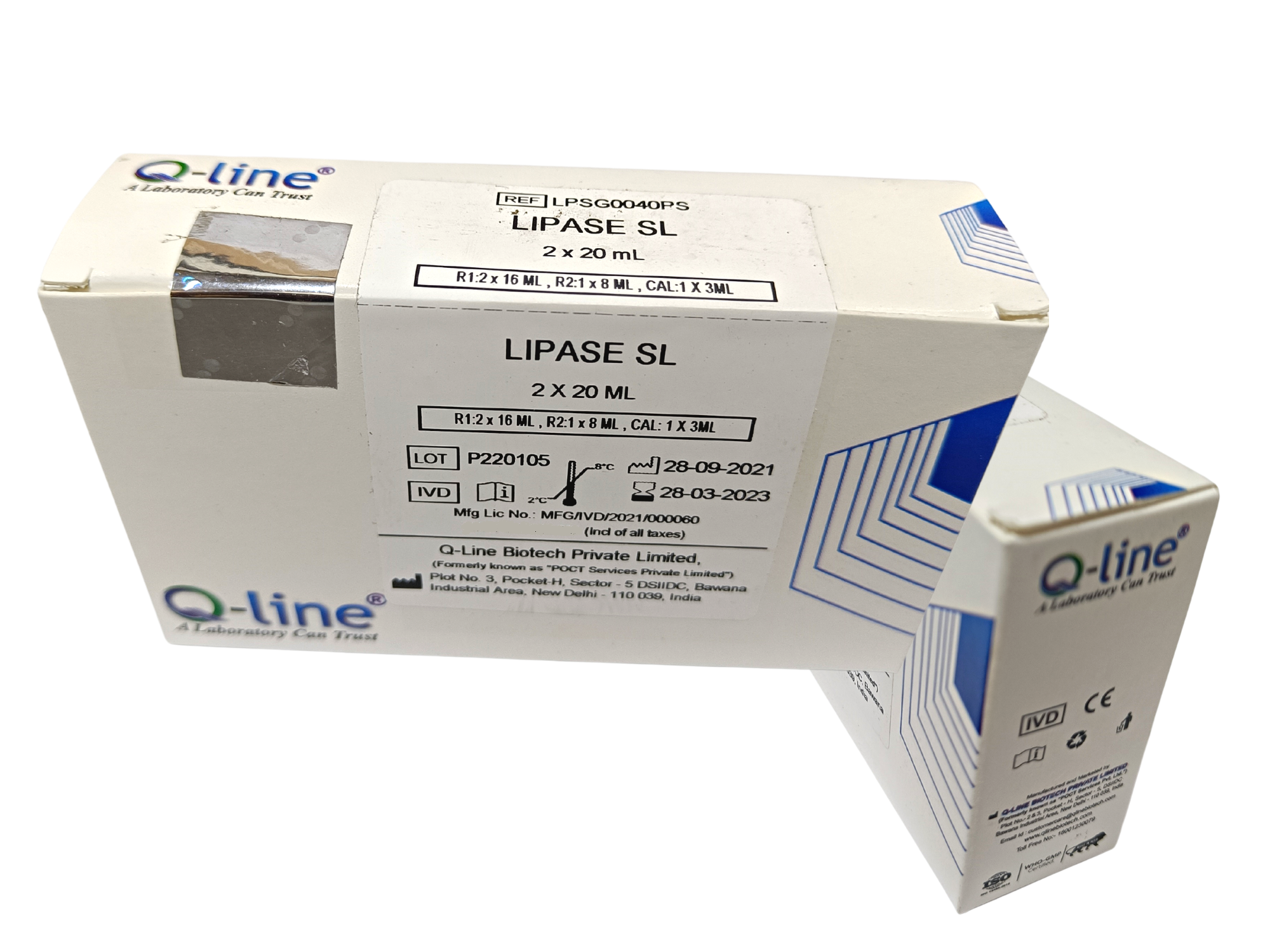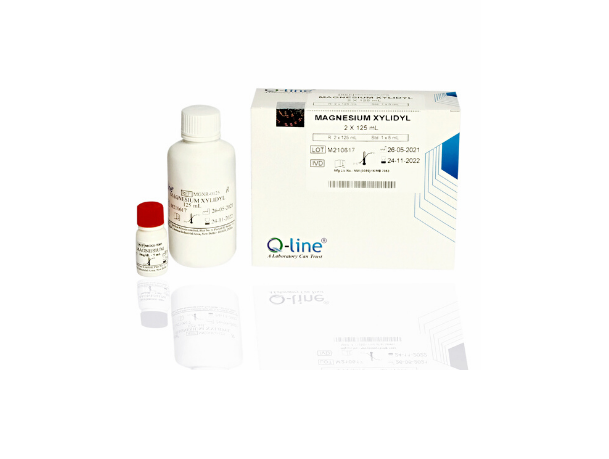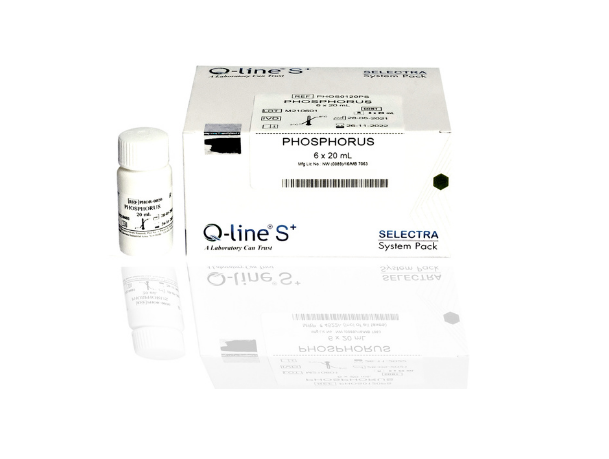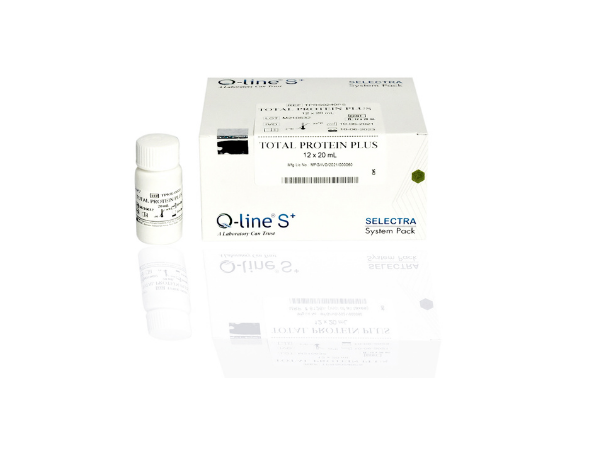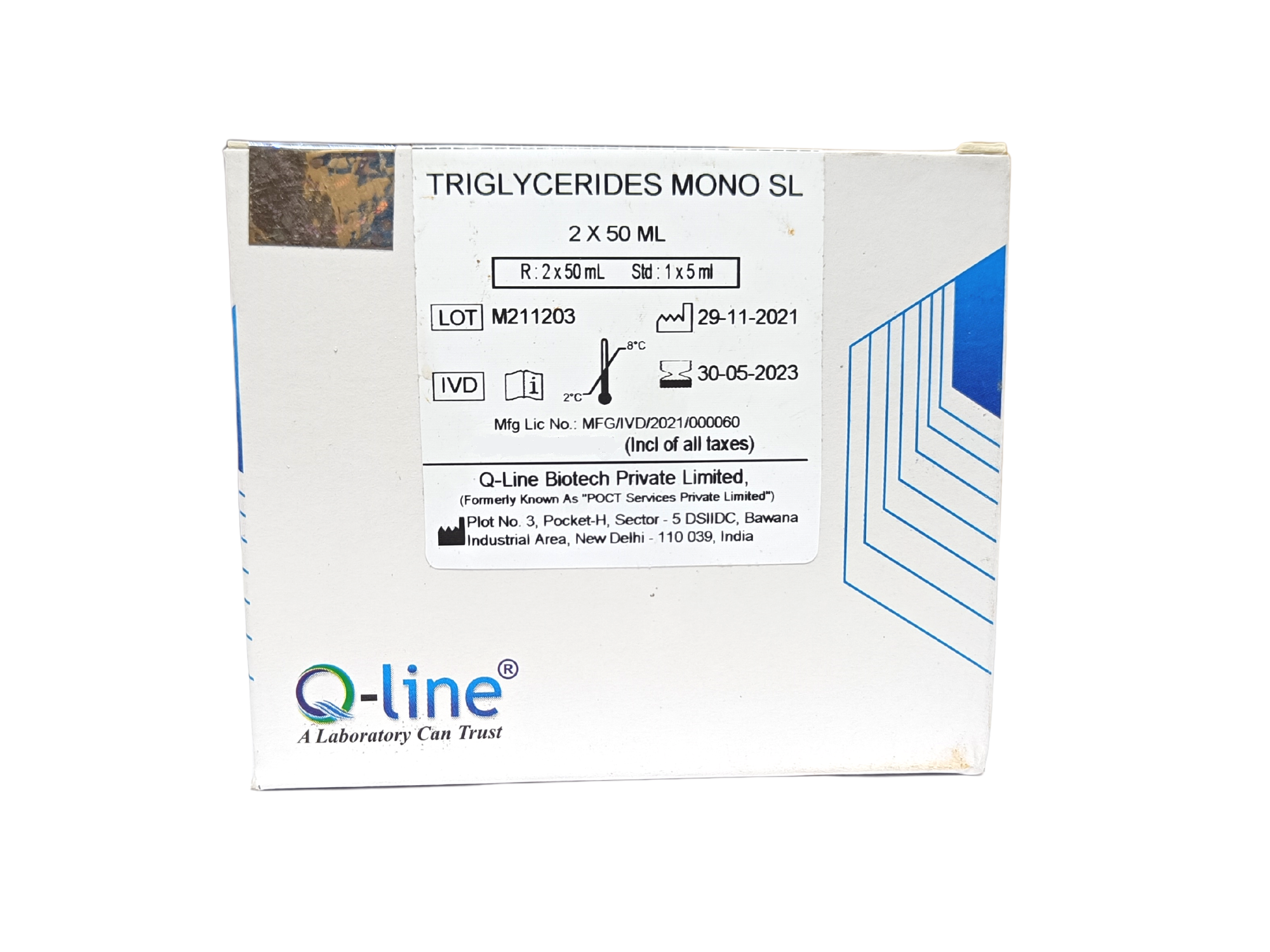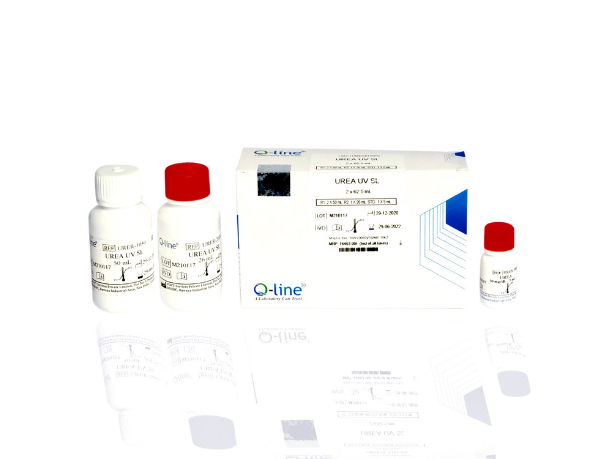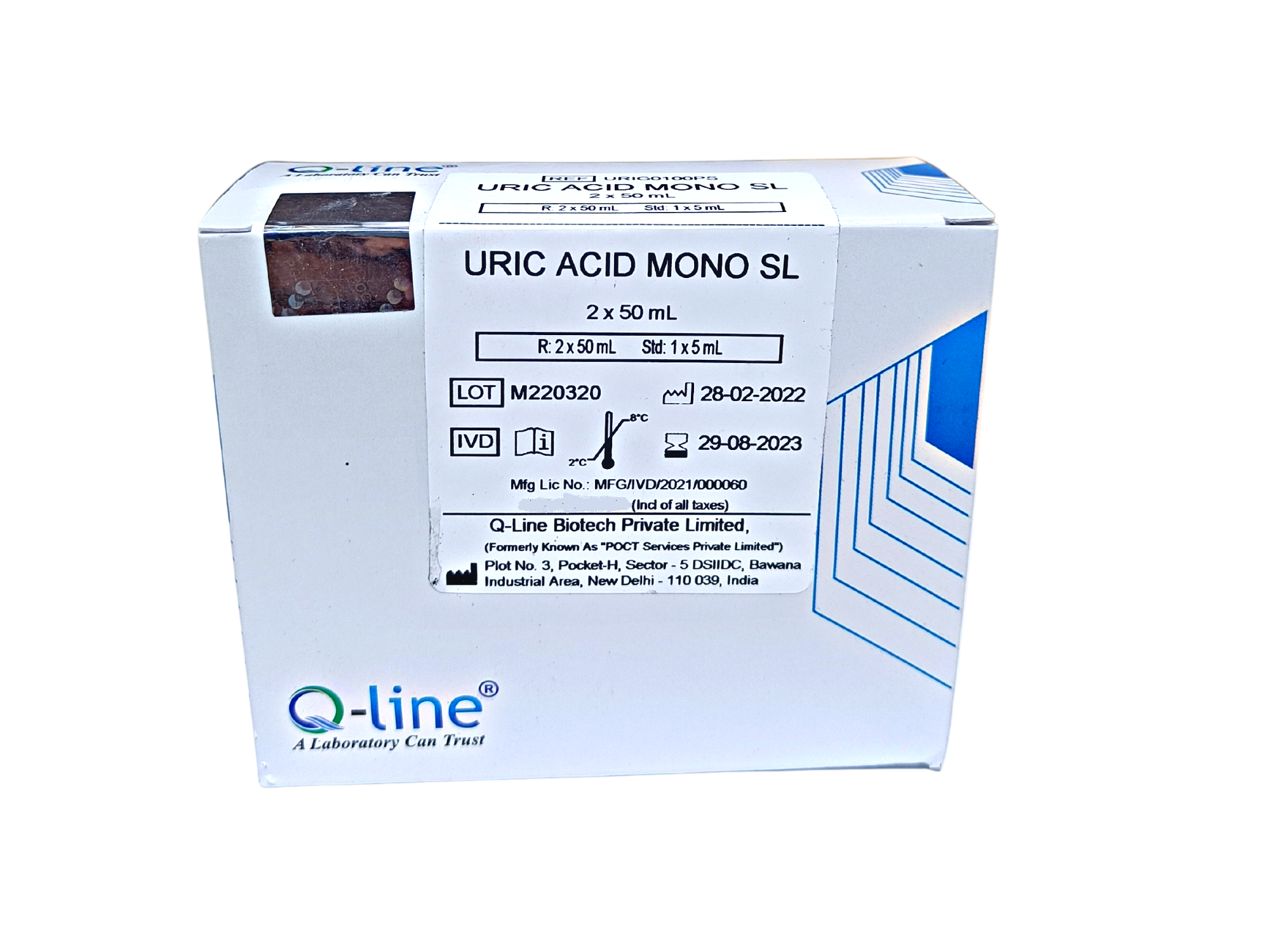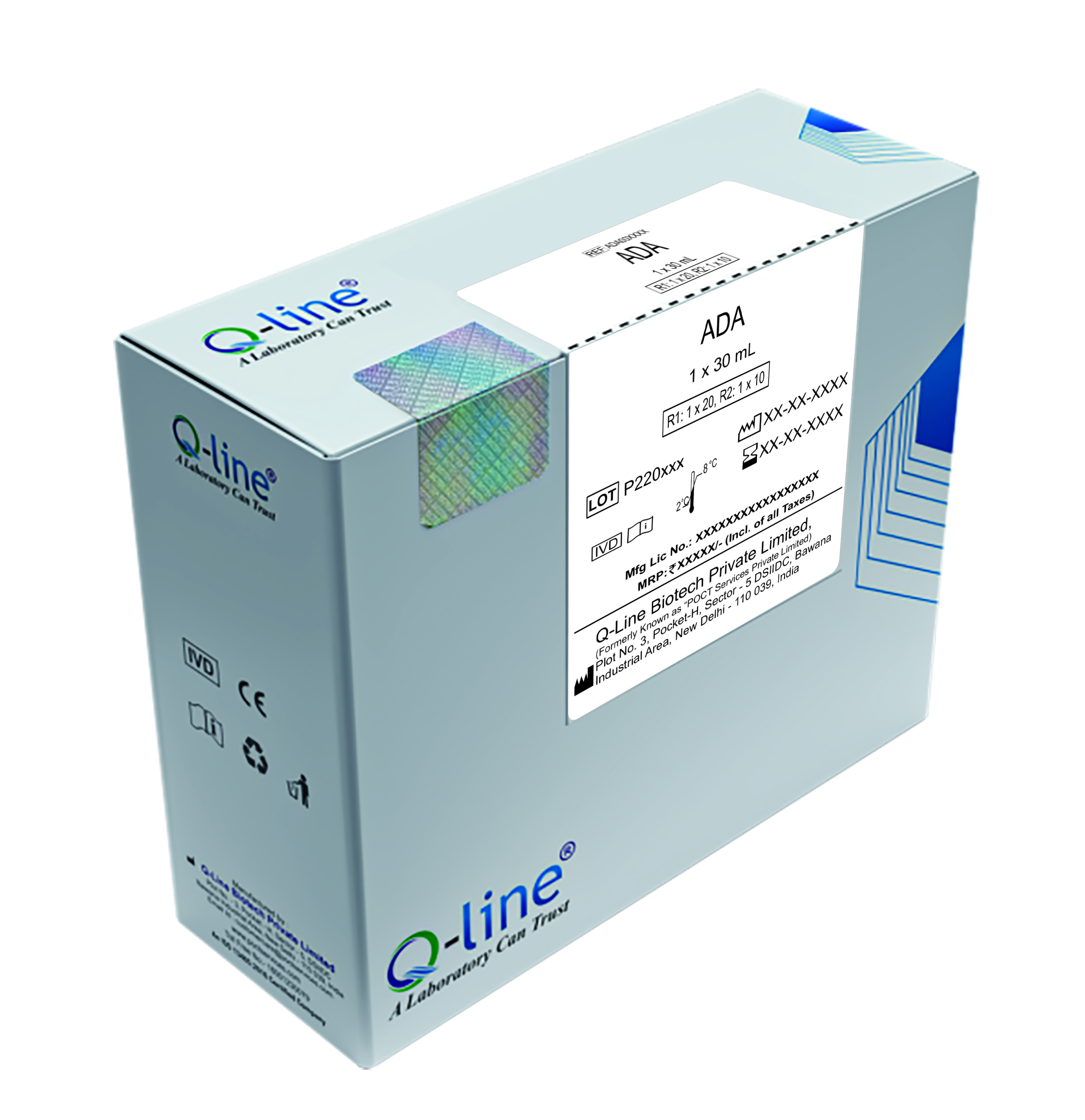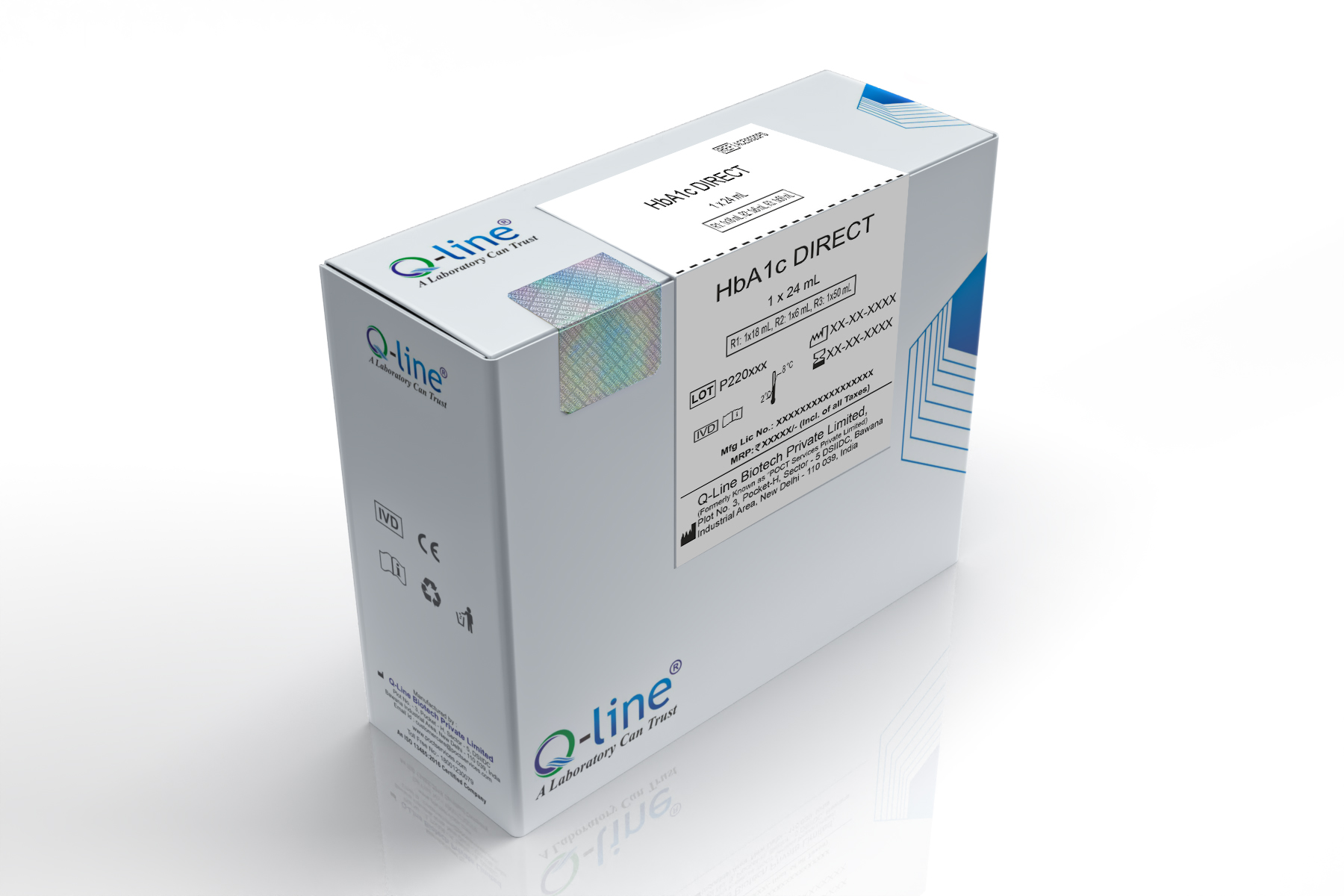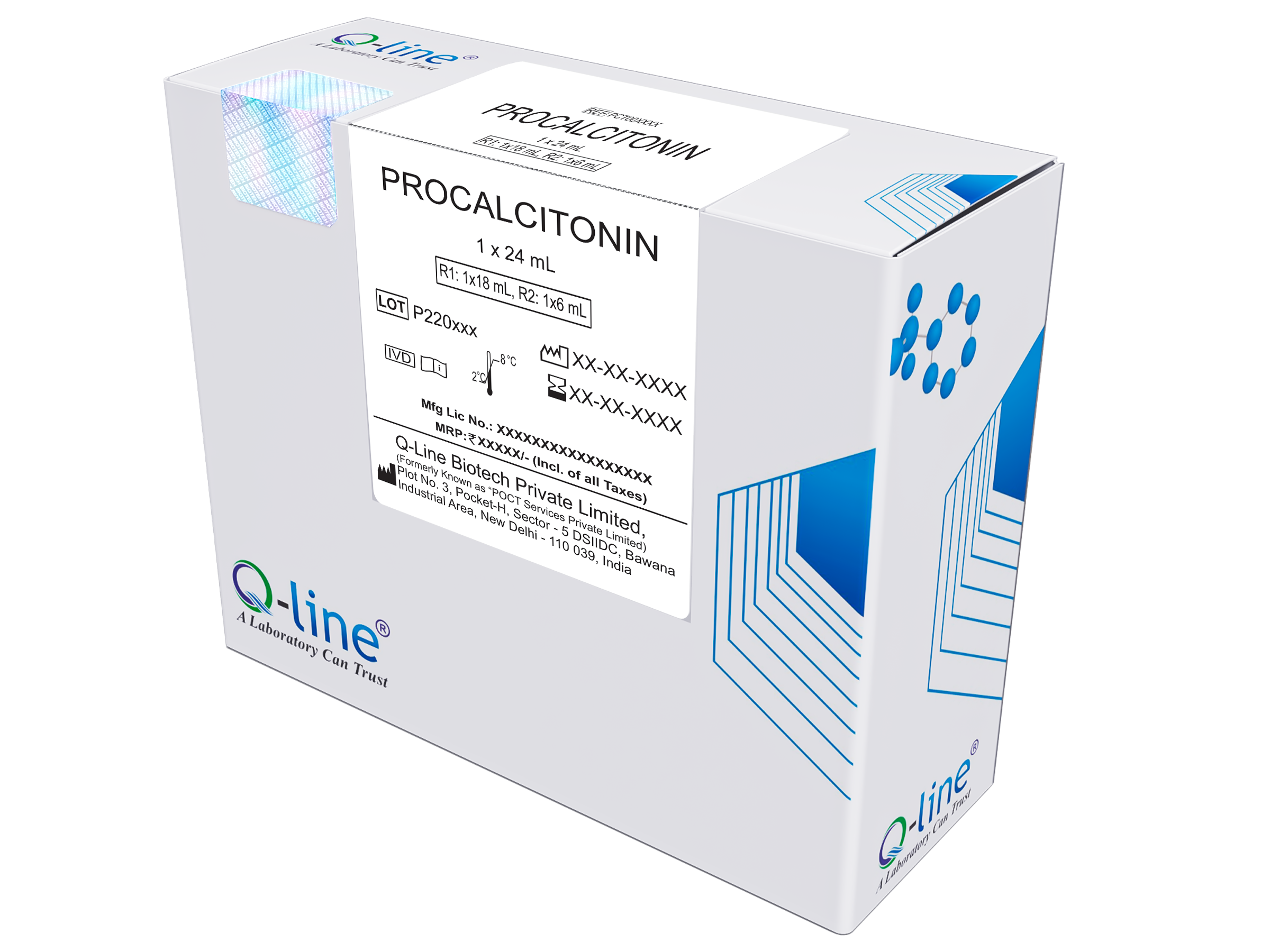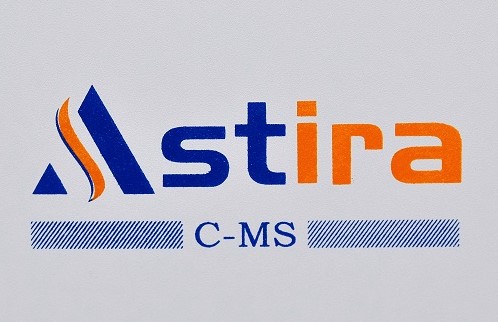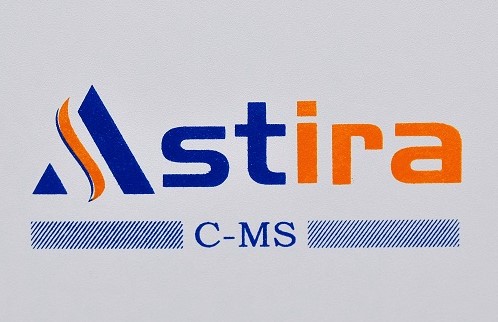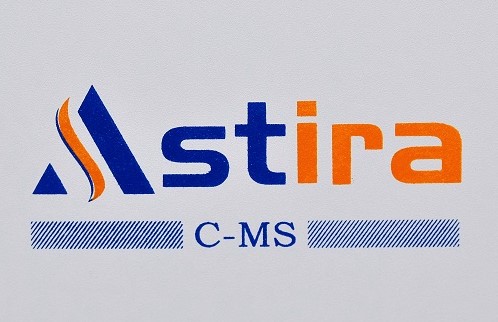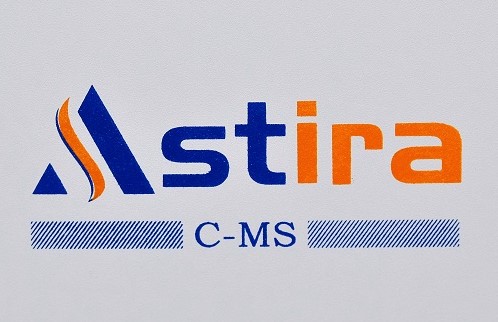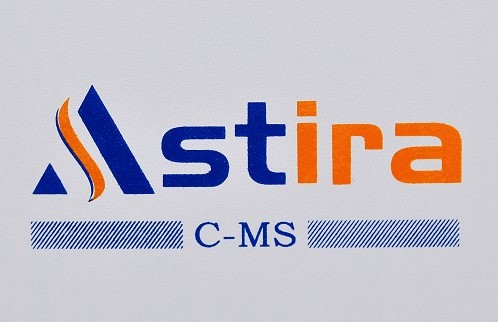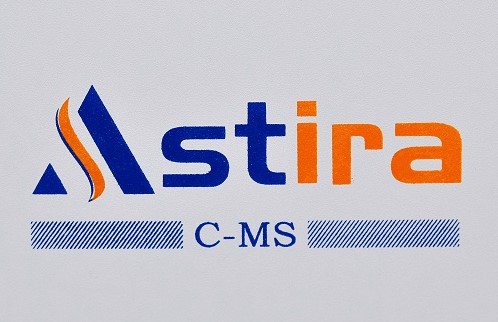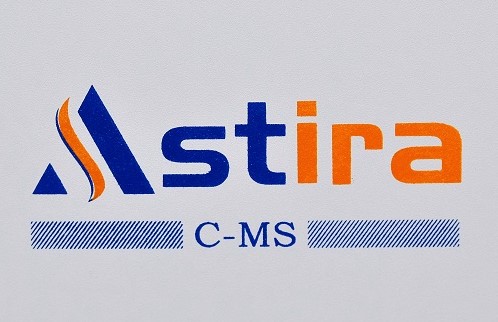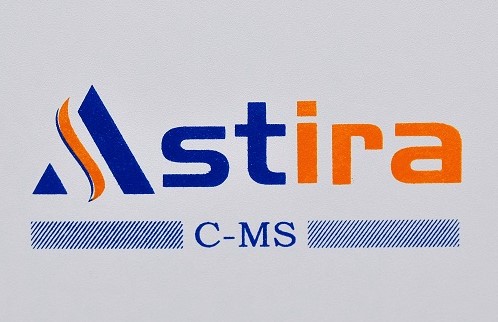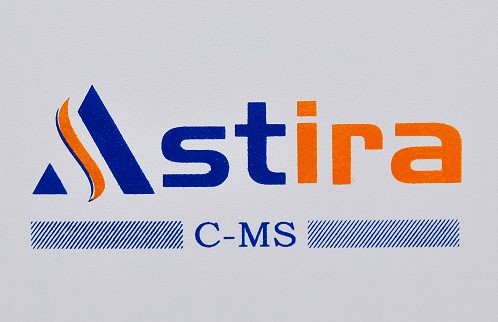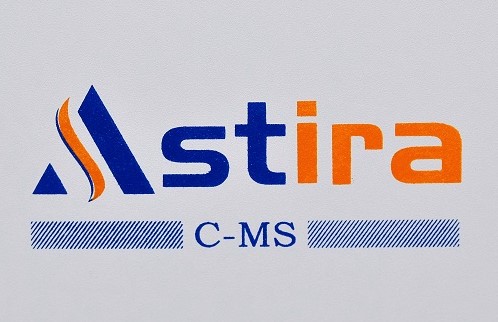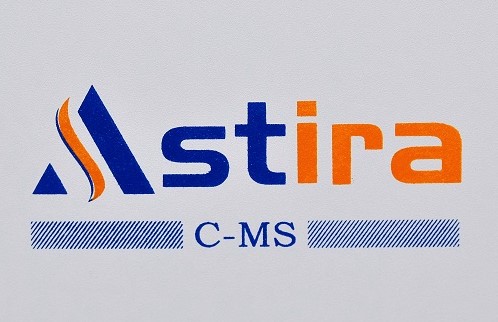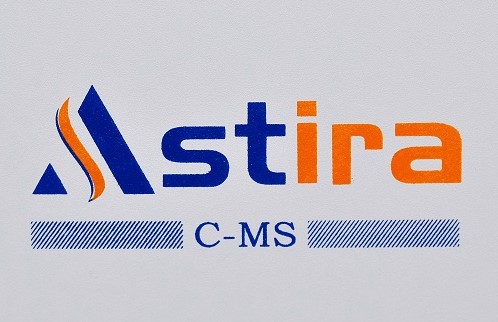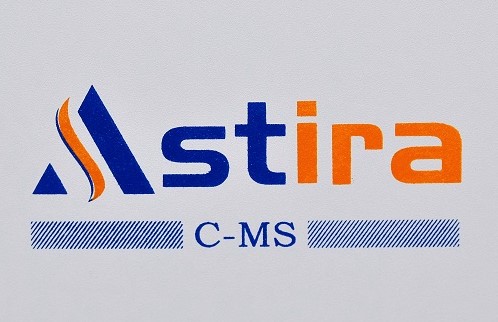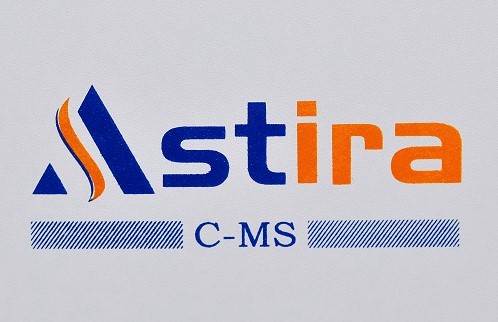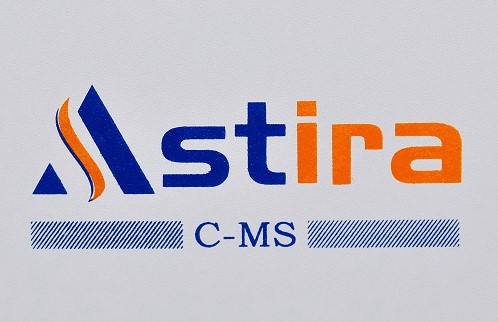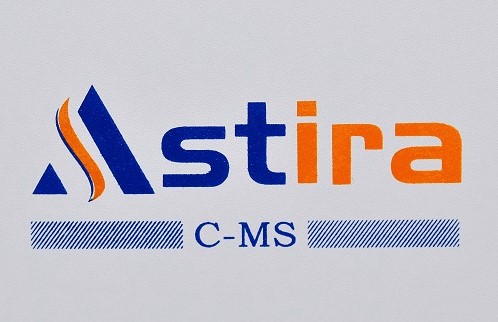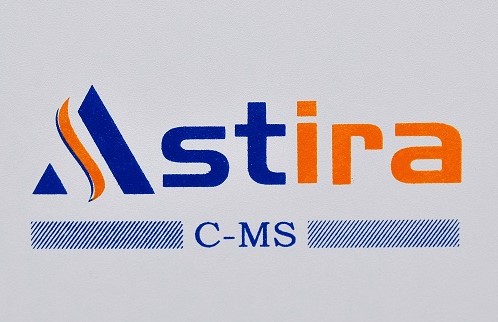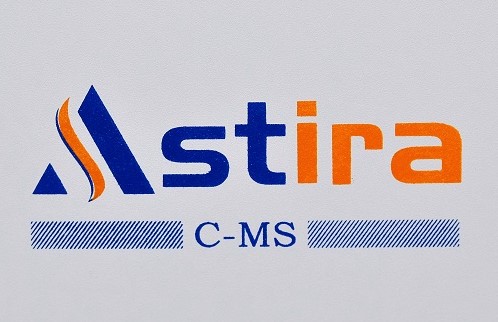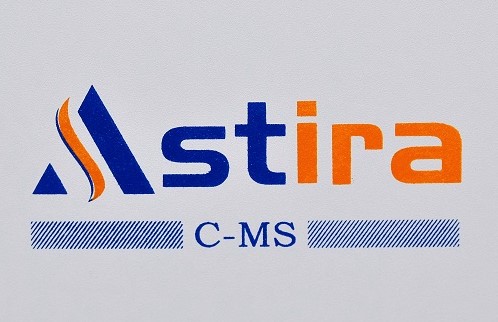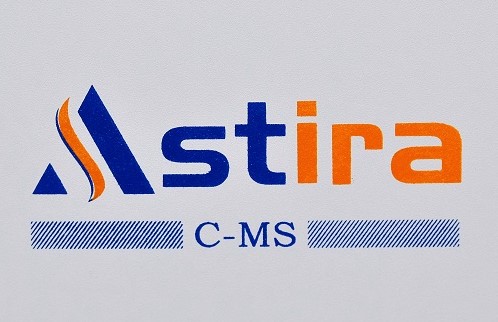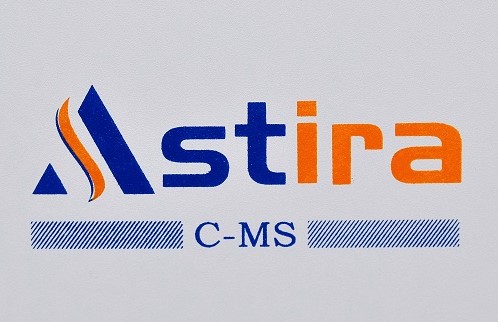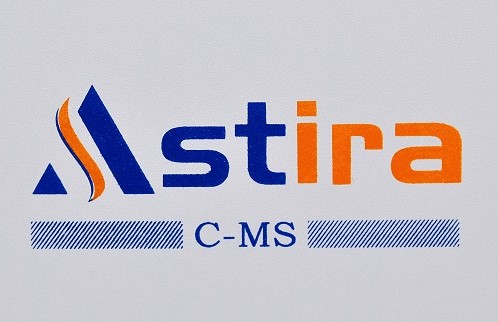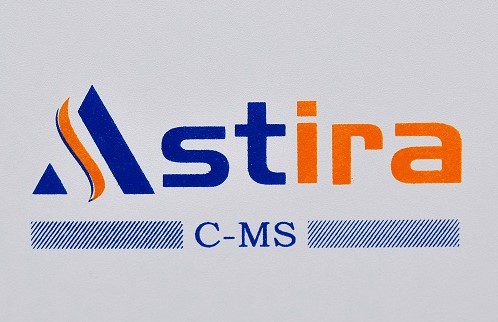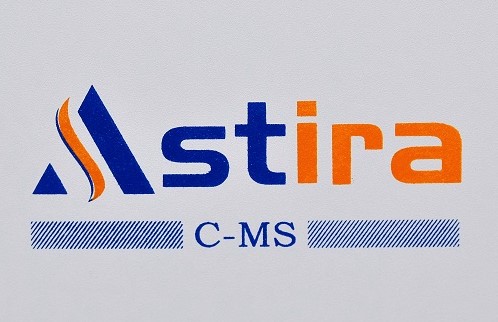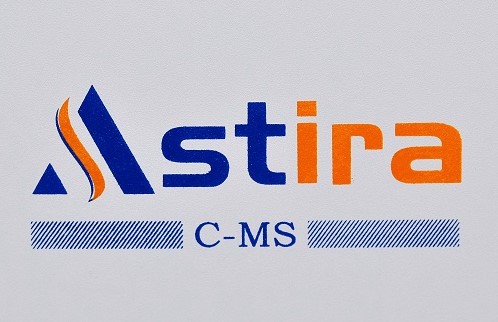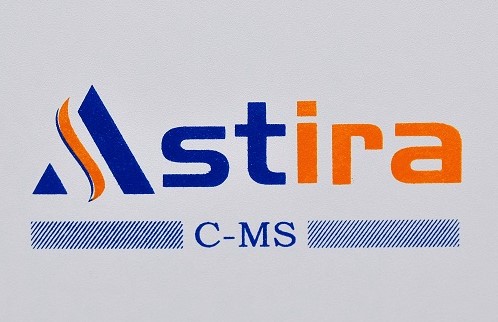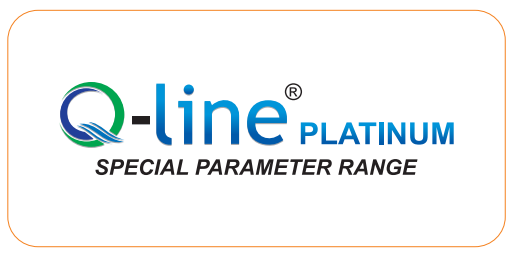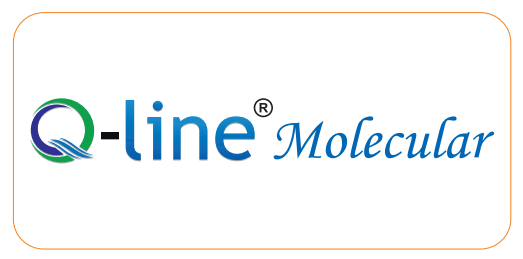Homocysteine
Product Description
Homocysteine
Available Options:
| REF | Volume |
|---|---|
Recently, three new risk factors for heart disease appear promising as independent risk factor in predicting progression to CVD. These factors include increased levels of homocysteine, lipoprotein a (Lp[a]) and C-reactive protein (CRP). These new risk factors, in combination with conventional HDL and LDL analysis, form a new risk profile and a new test panel that offers better diagnostic value for CVD. There is mounting clinical evidence that an elevated level of homocysteine is an independent risk factor for the development of CVD. Analysis of clinical studies has established that serum levels of every 5 ?mol/L increase in total homocysteine is equivalent to approximately 20 mg/dL increase in total cholesterol levels and also the risk of CVD doubled.
According to sources (National Heart Forum: 2000, Britton, A. & McPherson, K.), the death rate of patients suffering CVD under the age of 75 years includes (a) physical inactivity =37%, (b) obesity =6%, (c) blood pressure >140 /90mm Hg =13%, (d) blood cholesterol >5.2mmol/L (201.06 mg/dL) =46% and (e) smoking =19%. Surprisingly, 30% mortality associated with CVD also occurs in individuals without conventional risk factors such as HDL, LDL, hypertension, smoking and obesity.
Homocysteine concentrations are a higher risk factor for death in type 2 diabetes patients (NIDDM) as compared to non-diabetic patients. The elevation of total homocysteine in diabetic patients is believed to be related to the degree of diabetic nephropathy, especially in type 2 diabetes patients who have unhealthy lifestyles.
Who should be tested for homocysteine levels?
Elevated homocysteine is not only an independent risk factor for CVD, but it also interacts synergistically with classical risk factors such as smoking, hypertension, diabetes and hyperlipidaemia. Therefore, the identification of hyperhomocysteinaemic patients with a high risk of vascular disease is very important.
Proposed Patient Groups and Homocysteine Testing Recommendations | ||
Recommended | Not Recommended | |
Asymptomatic subjects | P | |
Patients with manifest CVD | P | |
Strong family history of premature CVD | P | |
Asymptomatic, high risk patients: | ||
Smoking | P | |
Hypertension | P | |
Dyslipidaemia | P | |
Diabetes | P | |
Renal insufficiency | P | |
Alzheimer
NA
We use cookies to improve user experience, and analyze website traffic. For these reasons, we may share your site usage data with our analytics partners. By continuing to the site, you consent to store on your device all the technologies described in our cookie policy.
Here is the the cookie policy
| ||
 English
English
 French
French
 Spanish
Spanish
 Russian
Russian
 Arabic
Arabic









